Occupational Safety Training for Tempered Glass Manufacturing
99,000 ₫
Note: The above price is calculated per person and may fluctuate depending on the number of participants in the course and market conditions. For more accurate pricing information, please refer to the pricing table or contact our consulting staff directly.
Occupational safety is an important issue in tempered glass manufacturing factories and needs to be addressed promptly to ensure the health and safety of workers and to enhance the reputation of businesses. The Occupational Safety Training course is an effective solution to raise awareness of accident prevention methods for workers involved in tempered glass production.
Table of Contents
Toggle1. Overview of Tempered Glass
a. What is Tempered Glass?
- Tempered glass is a type of safety glass that is reinforced by heating the glass during the manufacturing process to create higher hardness and durability compared to regular glass. Tempered glass is often used in applications requiring high safety, such as glass doors, partitions, glass facades, swimming pools, elevators, glass walls, cars, and electronic devices. When subjected to strong impact or collision, tempered glass does not shatter into sharp fragments but breaks into small, square-shaped pieces, helping to avoid the risk of injury to users.
- The tempered glass manufacturing industry has been one of Vietnam’s key industries in recent times. According to a report from the Ministry of Industry and Trade, the tempered glass manufacturing sector in Vietnam reached a total revenue of about 4.2 billion USD in 2020, an increase of 5.5% compared to 2019. At the same time, the tempered glass manufacturing industry in Vietnam also has many opportunities for development due to the increasing demand for tempered glass in the fields of construction, furniture, automobiles, and electronic devices.

b. Machinery for Tempered Glass Production
The types of machinery for tempered glass production include:
- Glass cutting machine: an automatic glass cutting machine that helps cut glass to the required dimensions.
- Glass bending machine: an automatic glass bending machine that helps bend glass into different shapes.
- Glass heating machine: a machine that heats glass to the necessary temperature to become tempered glass.
- Tempered glass laminating machine: a machine that combines two glass panels using pressure and heat to create laminating force, producing tempered glass.
- Glass grinding machine: a machine that helps fabricate and finish the surface of tempered glass.
- Glass inspection machine: a machine to inspect the quality of the product before it leaves the factory.
These machines are commonly used in tempered glass manufacturing plants.

c. Typical Tempered Glass Manufacturing Enterprises in Vietnam
Currently, there are several typical tempered glass manufacturing enterprises in Vietnam, such as:
- Viglacera Corporation: one of the leading companies in the field of producing and supplying glass products such as tempered glass, wall glass, daylighting glass, tabletop glass, etc.
- Phuc Thanh: a professional glass manufacturing enterprise with many years of experience in producing tempered glass, wall glass, tabletop glass, etc.
- Tan Hoa Dai Thanh: a new enterprise that has quickly become one of the leading tempered glass manufacturers in Vietnam.
- Khai Hung: a large-scale manufacturer of tempered glass and other types of glass, highly regarded in the tempered glass manufacturing sector in Vietnam.
- Nam Viet: a small and medium-sized enterprise producing tempered glass and other glass types, but highly rated for product quality.
d. Specific Jobs in a Tempered Glass Factory
Group 1
- CEO, Deputy CEO, Department Heads in the tempered glass factory.
Group 2
- Safety officer: manages safety in the factory, designs safety procedures, supervises and urges employees to comply with safe work procedures.
Group 3
- Preparation of raw materials: Includes purchasing, quality inspection, storage, and arrangement of various types of glass and other materials such as coatings, chemicals, etc.
- Glass cutting: Using a glass cutting machine to cut according to customer’s required dimensions.
- Glass grinding: After being cut, the glass is put into a grinding machine to polish the glass surface for uniform gloss and thickness.
- Glass blowing: This operation is used for producing spherical or curved glass. The glass is put into a hot blowing machine to be shaped by a mold.
- Applying anti-scratch coating: Tempered glass is also coated with a material to resist scratches and smudges.
- Glass pressing: The product will be heat-pressed at high temperatures to bond the coating to the glass surface.
- Product quality inspection: Tempered glass products will be checked for quality and technical specifications such as thickness, hardness, durability, transparency, etc.
- Packaging, transportation: After quality inspection, the products will be packaged and transported to dealers or end customers.
Group 4
- Jobs in the office, service, sales, marketing.
- Production management, quality management, human resources management, materials management, financial and accounting management.
- Research and development of new products, design of product packaging.

2. Overview of Occupational Safety Training for Tempered Glass Production
Within the scope of this article, we focus on issues surrounding group 3, because group 3 is the group directly involved in the production process, bearing the highest risk of occupational safety. Refer to other groups here.
a. What is Group 3 Occupational Safety Training?
- Occupational safety training for group 3 consists of sessions to equip workers with awareness on how to prevent occupational accidents.
- The occupational safety training course will help workers recognize and avoid hazards, minimizing the risk of occupational accidents while working.
REGISTER FOR OCCUPATIONAL SAFETY TRAINING SERVICES
b. Training Duration
Initial Safety Training Duration
- The total training duration is at least 24 hours, including examination time.
- 8 hours of theory on the policy and legal system for occupational safety and health.
- 8 hours of theory on basic knowledge of occupational safety and health.
- 4 hours of theory on specialized training content.
- 2 hours of practice on specialized training content.
- 2 hours for a theoretical examination to conclude the training course.
The safety training center will distribute the time into several training sessions depending on the scheduling for employees. Typically, there will be 6 training sessions, and the course will last 3 days, provided the manufacturing company can arrange for continuous study time.
Periodic Safety Training Duration
- Before the occupational safety card expires, if workers want to renew it, they must undergo a periodic occupational safety training course, with a periodic training duration of at least 50% of the initial training duration.
Explanation: The total periodic occupational safety training duration is at least 12 hours, including examination time. After completing the periodic training course and passing the examination, workers will be reissued or have their occupational safety card extended.
c. Content of the Training Course
| No. | TRAINING CONTENT | TRAINING DURATION (HOURS) | |||
| Total | Of which | ||||
| Theory | Practice | Examination | |||
| I | Policy and legal system on occupational safety and health | 8 | 8 | 0 | 0 |
| 1 | Overview of the system of legal documents on occupational safety and health. | 6 | 6 | ||
| 2 | System of standards and technical regulations on occupational safety and health. | 1 | 1 | ||
| 3 | Specific regulations of state management agencies on occupational safety and health when building new, expanding or renovating facilities for production, use, preservation, storage and inspection of machines, equipment, materials, and substances with strict requirements for occupational safety and health. | 1 | 1 | ||
| II | Basic knowledge of occupational safety and health | 8 | 8 | 0 | 0 |
| 1 | Basic knowledge of hazardous and harmful factors in the workplace. | 4 | 4 | ||
| 2 | Methods for improving working conditions. | 1 | 1 | ||
| 3 | Safety culture in production and business. | 1 | 1 | ||
| 4 | Rights and obligations of employers and employees; policies and regimes on occupational safety and health for employees; functions and tasks of the safety and health network. | 1 | 1 | ||
| 5 | Occupational safety and health regulations, safety signs, instructions, and use of safety equipment, personal protective equipment; professional skills in first aid for occupational accidents, prevention of occupational diseases. | 1 | 1 | ||
| III | Specialized Training Content | 6 | 4 | 2 | 0 |
| General knowledge of machines, equipment, and substances that generate hazardous and harmful factors; analysis, assessment, and risk management of occupational safety and health, safe working procedures with machines, equipment, and substances with strict requirements for occupational safety and health. | 6 | 4 | 2 | ||
| IV | Final examination of safety training content at the end of the course | 2 | 2 | 0 | 0 |
| Total | 24 | 22 | 2 | ||
See more on the training content for all 6 groups
d. Occupational Safety Card
After completing the occupational safety training course and passing the exam, the worker will be issued an occupational safety card (in practice, often called a group 3 occupational safety certificate).
The group 3 safety card will clearly show information such as full name, date of birth, specific job and work environment. It also includes the training time, a red stamp, and a signature confirming completion of the training course.
According to the regulations for issuing safety cards specified in Clause 2, Article 24 of Decree 44/2016/ND-CP, it is divided into 2 cases:
- In case the employer and the employee have a labor contract, the employer must sign, stamp, and seal the safety card for the trained person in group 3 after they have completed the training course from an occupational safety training unit and passed the test.
- In case the worker is a freelancer, seasonal worker, or does not have a labor contract, the training unit must sign, stamp, and seal the safety card for the worker after they have completed the training course from the occupational safety training unit and passed the test.

3. Identifying Hazards Affecting Workers in Tempered Glass Production
During the production of tempered glass, potential hazards may include:
- Tempered glass production uses chemicals for cleaning, coating, and drying, but these chemicals can be harmful to workers’ health if not used properly. Examples: solvents, acids, additives.
- Tempered glass factories often use electrical equipment to produce and inspect products. Thus, there is a risk for workers when working near electrical equipment.
- The production of tempered glass requires technicians to operate complex equipment, including various types of glass cutting, trimming, and grinding machines. If not properly trained, workers can be injured or killed due to accidents during work.
- During the transportation of tempered glass, products are moved by mobile equipment, such as forklifts or trucks. When using this equipment, there is a risk to the driver and transporter if not properly trained and used.
4. Common Types of Occupational Accidents in Tempered Glass Production
Common types of occupational accidents in tempered glass production may include:
- Impact, glass breakage: when handling tempered glass, the glass can be hit against another hard object, causing it to break or crack, causing glass fragments to scatter and injure workers.
- Punctures, cuts, skin tears: during production, using cutting knives, shears, and equipment to process glass can cause puncture, cut, and skin tear accidents for workers.
- Inhaling glass dust: processing tempered glass often requires polishing and grinding to achieve gloss and transparency, which creates glass dust. Inhaling glass dust can be harmful to workers’ respiratory systems.
- Back pain, wrist pain: the stages of tempered glass production require holding, lifting, placing, and moving large, heavy glass panels repeatedly, which can easily cause back and wrist pain for workers.
- Visual impairment: the use of machinery during tempered glass production can cause eye damage if protective glasses are not worn or are not worn correctly.

5. Safety Measures for Participating in Tempered Glass Production
Some safety measures for participating in tempered glass production are as follows:
- When working in a tempered glass factory, workers need to be equipped with protective equipment such as safety glasses, respirators, gloves, safety shoes, etc.
- Workers need to ensure safety and hygiene during work, including cleaning hands, not letting waste accumulate, and ensuring the workspace is clean and well-ventilated.
- Workers need to be trained in safe working skills, recognizing and handling dangerous situations that may occur during production.
- Workers need to be instructed on how to use equipment and machinery correctly, and to avoid arbitrarily changing configurations or making improper repairs.
- Equipment and machinery need to be regularly inspected and maintained to ensure good operation and minimize the risk of occupational accidents.
- Tempered glass factories need to be fully equipped with fire prevention and fighting equipment, and staff must be trained on how to use this equipment effectively.
- Periodically conduct occupational environment monitoring in the factory, collect and analyze factors harmful to workers, thereby adjusting to reduce the level of harm to prevent occupational diseases for them.
6. Benefits of Occupational Safety Training in Tempered Glass Production
An Toan Nam Viet provides your business with the following great benefits after completing occupational safety training courses as prescribed in Decree 44/2016/ND-CP on Occupational Safety and Health for companies, factories, and enterprises.
- Workers can identify potential risks of occupational accidents and thus take preventive measures to avoid them.
- Your business can establish risk prevention measures in production, operation, and maintenance processes.
- Reduce costs associated with safety incidents in the workplace.
- Uninterrupted production processes will help increase labor productivity and product quality.
- Comply with occupational safety laws, avoiding legal risks.
- Create credibility and professionalism in all aspects, thereby enhancing the brand of your business.
Nam Viet’s training courses are the solution to protect individuals from external factors, helping them avoid dangers that could lead to injury or, more seriously, death.
REGISTER FOR OCCUPATIONAL SAFETY TRAINING SERVICES
7. Customer Feedback After Completing the Occupational Safety Training for Tempered Glass Production
An Toan Nam Viet has many years of experience in its mission to accompany many businesses in Vietnam in general and in the southern provinces in particular. And that responsibility for Nam Viet is something extremely precious, which is why Nam Viet’s Occupational Safety Training is always focused on becoming more professional. The motivation for An Toan Nam Viet to grow strong to this day comes from the positive feedback and suggestions from businesses. Below are the responses from the partners we have served.
Bac Nam E&C Construction Investment Joint Stock Company
“The first time I used the service at An Toan Nam Viet, I was very surprised by the enthusiastic 24/7 support of the team of consultants. The organization of the class was very fast and convenient for our company, thank you very much for Nam Viet’s service!”
Hoa Dat Construction and Trading Joint Stock Company
“Nam Viet’s service has helped us a lot in simplifying occupational safety and completing safety records for our work process. The team of consultants is enthusiastic and timely in answering our questions. 5 stars for Nam Viet”
See more customer interviews after using the service of An Toan Nam Viet
8. Occupational Safety Training Capability of An Toan Nam Viet
An Toan Nam Viet is a reputable and quality occupational safety training center in Vietnam today. With occupational safety training sessions held continuously at production workshops, factories, or construction sites across the country (63 provinces in Vietnam).
REGISTER FOR OCCUPATIONAL SAFETY TRAINING SERVICES
Occupational safety training license
- An Toan Nam Viet has been inspected and certified by the Department of Work Safety of the Ministry of Labor – Invalids and Social Affairs to be eligible for occupational safety and health training activities. This further strengthens our capacity to provide occupational safety training.

Documents and Lectures
- Before being used in the OST training courses, our occupational safety training materials are reviewed and censored to ensure that the lectures are always accurate in knowledge and effective when applied.
- The teaching methods of the instructors are synchronized according to the teaching standards of An Toan Nam Viet, which is a method that experts in occupational safety and health training have researched and concluded during the teaching process to bring the highest knowledge acquisition efficiency for students.
Facilities
- Controlling factors in the classroom that affect the training process will increase teaching efficiency and the students’ knowledge acquisition effectiveness.
- Our training course support facilities always arrange spacious classrooms that meet standards for area, lighting, training equipment, etc.
9. Reputable and Quality National Safety Training Center
At An Toan Nam Viet, we always prioritize our professional dedication to occupational safety training. For us, imparting the knowledge of self-protection to workers so they can have a safe journey in their livelihood is contributing to nation-building.
To ensure the effectiveness of the training, we prepare carefully and meticulously down to the smallest detail. From preparing tools, equipment, teaching aids to curriculum, materials, sound, and lighting.
Our occupational safety training instructors are experts with many years of experience in the field. They even have research projects identifying hazards in all industries and how to prevent them.
The instructors’ lectures are drawn from practice and delivered in a lively, easy-to-visualize manner to the workers. These factors help workers feel comfortable during their study time and absorb our teaching knowledge well. Of course, the knowledge conveyed always closely follows Decree 44/2016/ND-CP.
From there, they grasp many measures to prevent hazards and how to protect themselves. They also apply it most appropriately in their actual work.
Our safety training center is proud to be a provider of reputable and professional occupational safety training services with the following advantages:
- Competitive training costs while still ensuring training quality.
- Flexible training schedules that align with the production situation of the company.
- Quick and legally compliant procedures for issuing occupational safety training certificates.
- Training instructors are those with many years of experience in the profession.
- Classrooms are controlled for factors affecting the training process, increasing teaching efficiency and student knowledge absorption.
- Lectures are tailored to the occupational safety work at businesses.
- An Toan Nam Viet works with dedication and professionalism to support customers accurately and quickly.

10. Further Reference Materials for Occupational Safety Training in Tempered Glass Production
- Occupational safety documents for tempered glass production
- Set of occupational safety training documents
- Set of occupational safety training tests
- Multiple-choice test for occupational safety in tempered glass production
- Presentation slides for occupational safety training in tempered glass production
1 review for Occupational Safety Training for Tempered Glass Manufacturing
No comments yet



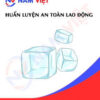
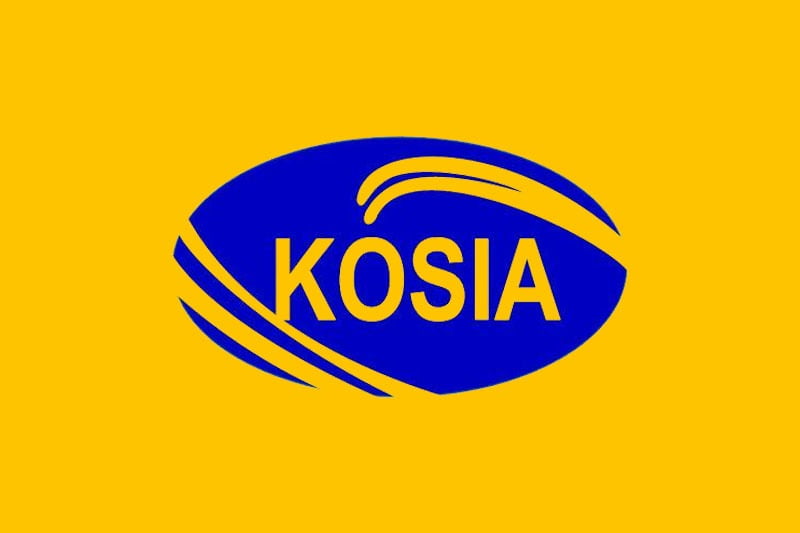
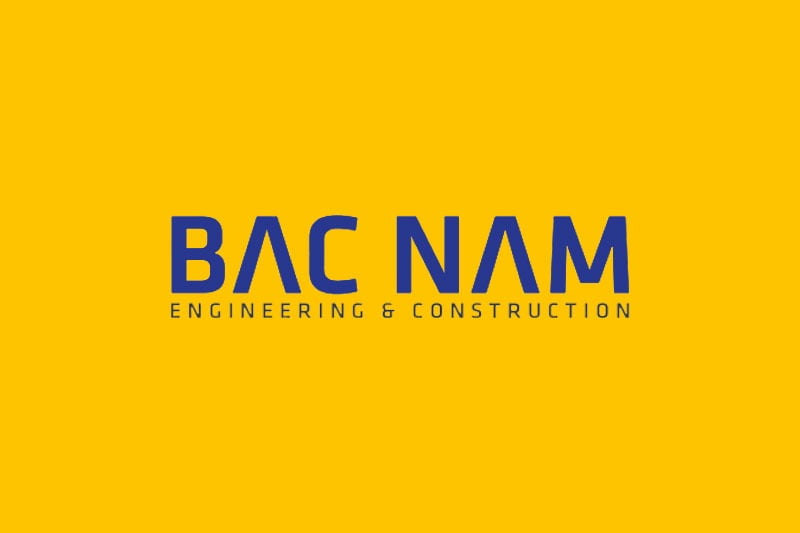
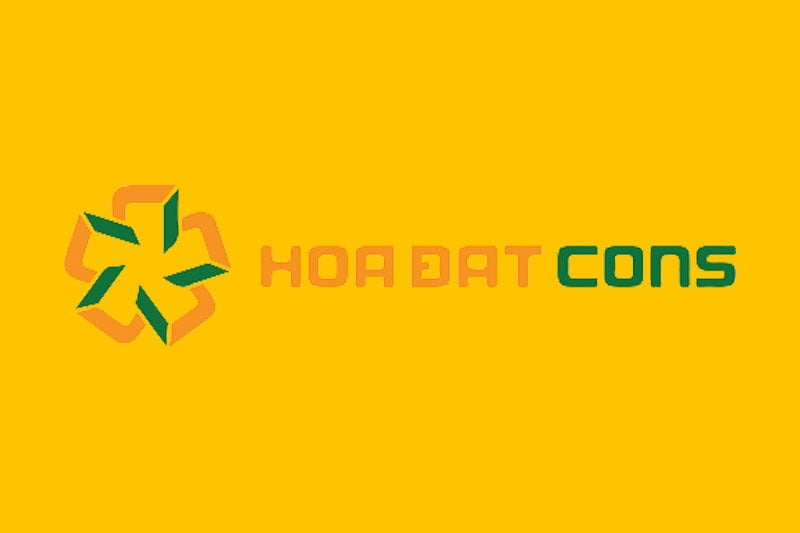
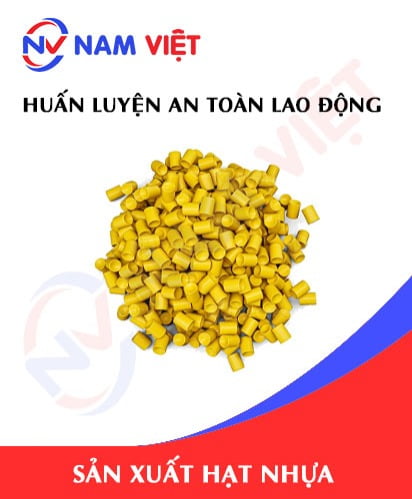

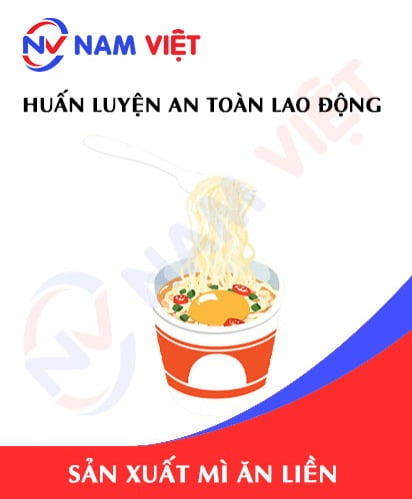

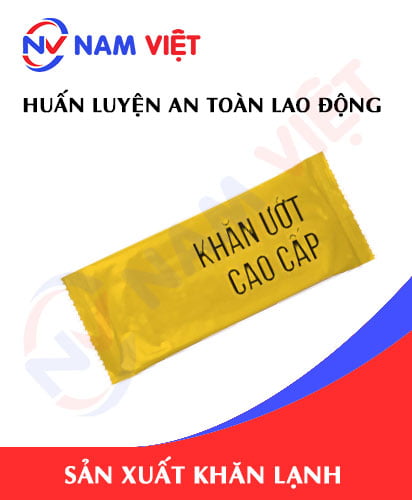

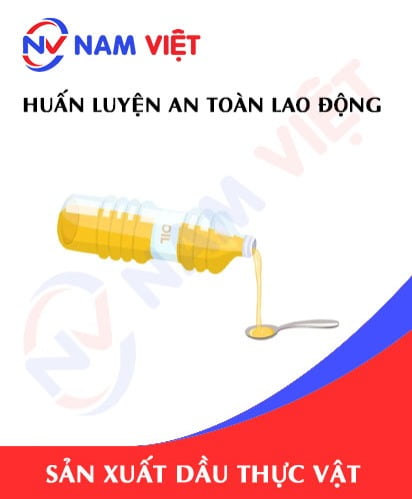
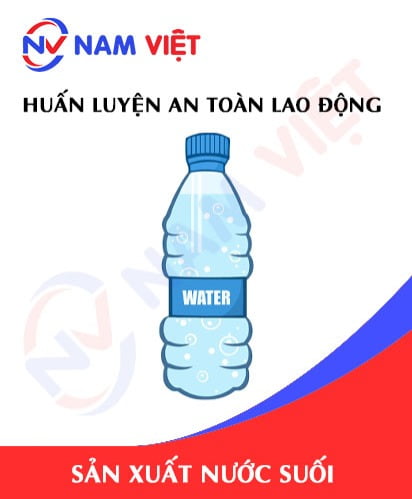
namchinh.haiphong341
Giảng viên dạy rất sinh động dễ hiểu!